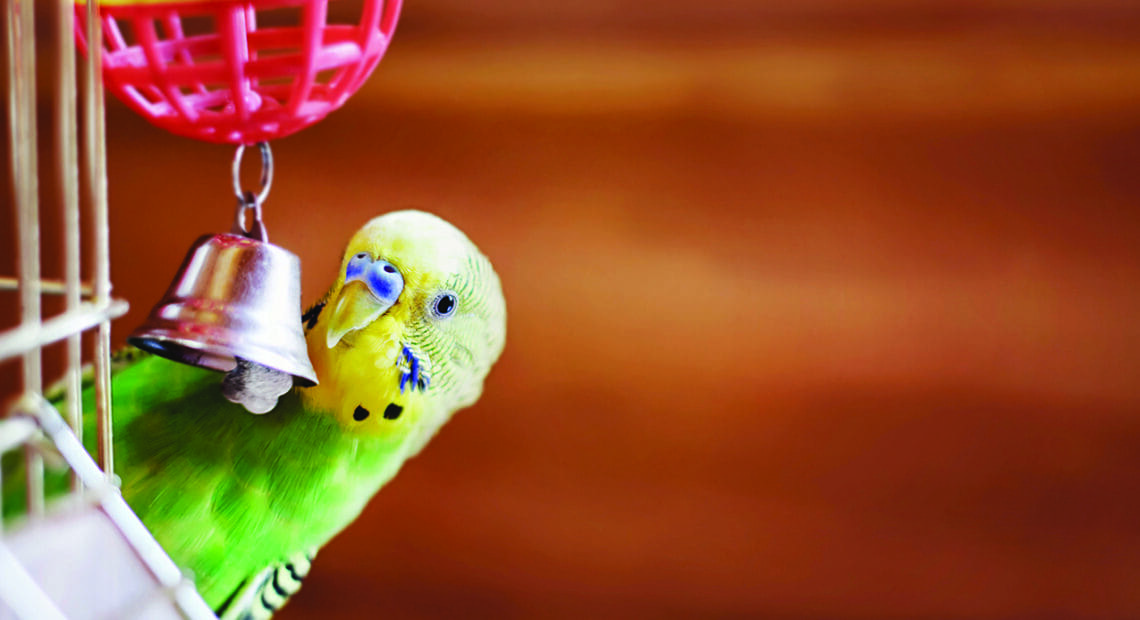Pets make wonderful additions to a home and family. One of the best things about welcoming a new pet into a home is that no two pets are the same, which means pet owners will get an entirely unique experience each time they bring a new animal into their home.
Birds are among the most unique pets. Brightly colored feathers give pet birds their own distinctive look, but there’s more to birds than just vivid plumage. Individuals considering adopting or purchasing a pet bird can consider these needs and character traits commonly associated with birds so they have a good idea of what to expect.
• Birds have unique veterinary needs. The American Veterinary Medical Foundation notes that pet birds have special veterinary needs, and recognition of those needs can help prospective bird owners determine if a pet bird is for them. The Association of Avian Veterinarians (aav.org) can help individuals find an avian veterinarian in their area, and such professionals can discuss the unique veterinary needs of various bird species. Familiarity with those needs can ensure individuals pick the right bird for their lifestyles.
• Most pet birds are diurnal species. The AAV notes that most pet birds awake at dawn and settle in to sleep at dusk. Prospective bird owners should be comfortable with and willing and able to accommodate that sleep-wake cycle. If they can’t accommodate that, a pet bird could suffer as a result. The AAV reports that artificially long days resulting from household lights or televisions can cause sleep deprivation in birds and compromise the bird’s health. Before buying a pet bird, prospective owners should recognize that birds are generally best when they get between 10 and 12 hours of sleep per night.
• Birds need exercise. Pet birds live well in a cage, but that does not mean they don’t need exercise. The AAV notes that birds need exercise to maintain their cardiovascular and respiratory systems. The AVMA recommends choosing a cage that affords birds space to climb, walk around and fly. Some cages may restrict a bird’s ability to fly. In such instances, the AVMA urges bird owners to provide supervised access to an adequately sized exercise area outside of the cage. The AAV notes that bird owners should be conscious of the potential for trauma if exercise rooms feature ceiling fans, mirrors or windows, which birds can fly into. If possible, find a room where this risk is minimal. Provide access to the exercise room for several hours each day if the cage does not feature ample room for the bird to fly.
• Birds can be trained. Individuals may associate pet training with dogs, but birds, and their owners, can benefit from training, too. The AAV recommends reward-based training over punishment-based training and notes that some good resources for bird training include Goodbirdinc.com and the International Association of Avian Trainers and Educators (iaate.org.)
Birds make for wonderful pets. Recognition of their unique traits and needs can help prospective bird owners understand what bird ownership will be like.








Recent Comments